Archive
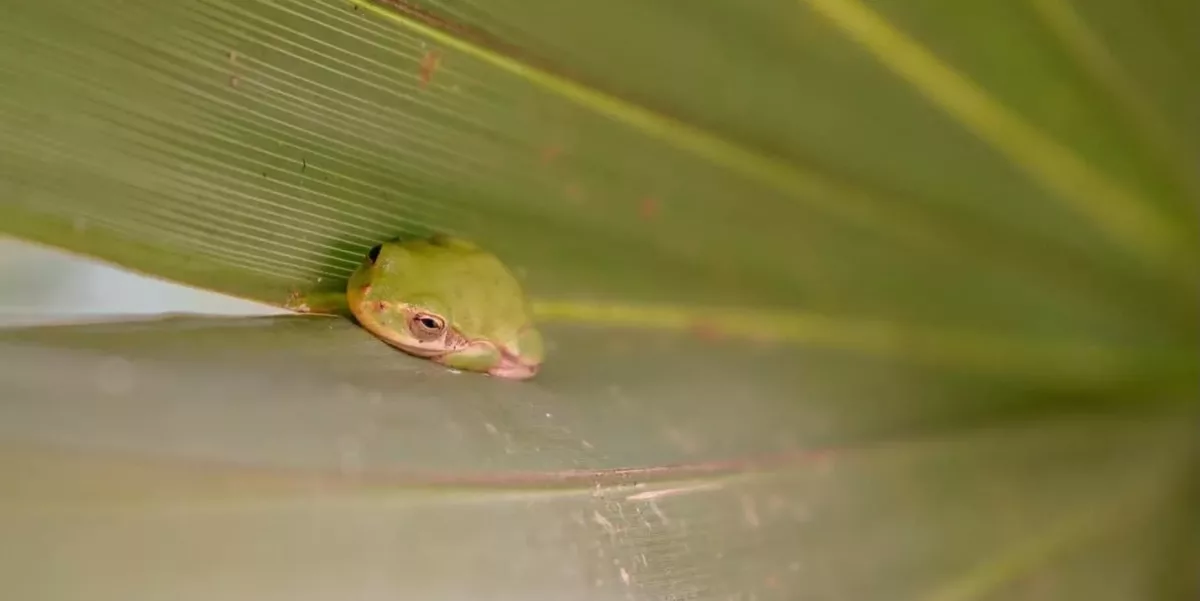
What a Wild Year: My Favorite Wildlife Encounters from 2022
By Morgan Hooks, Environmental Content Creator 2022 was a wonderful, wild year on Bald Head Island. It was my first full year on-staff here at the Conservancy, and it was a year that kept my curiosity peaked, my mind open to learn more and more, and my camera always steady and ready in my hands. […]
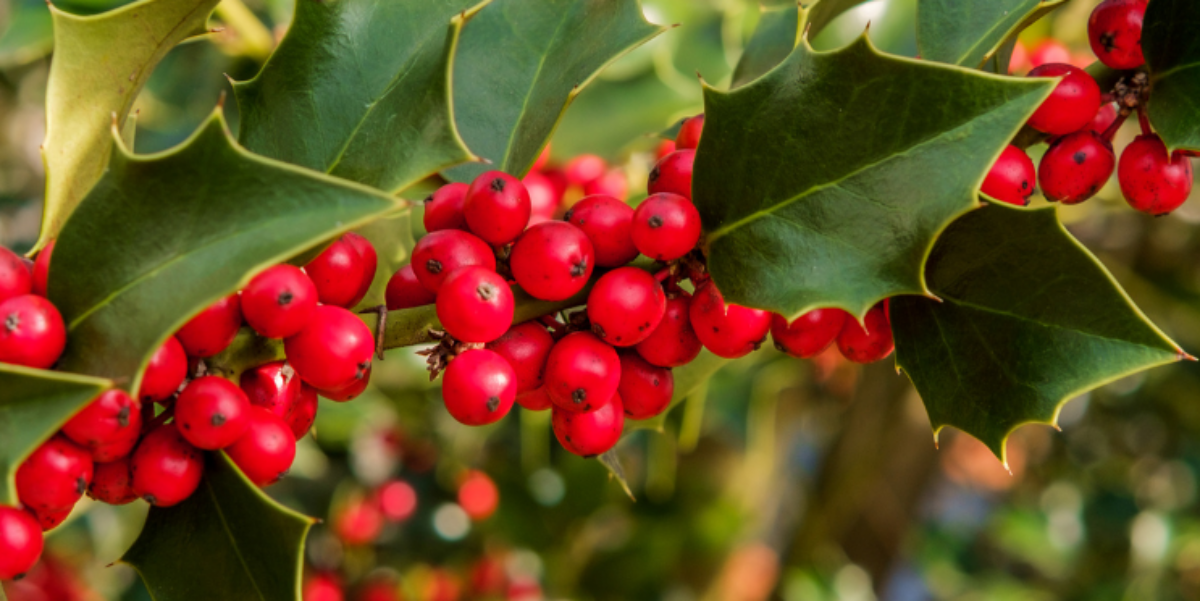
Field Guide: Create A Special Suet Treat Using American Holly Trees
By Desiree Bridge, Turtle Central Assistant Manager The American holly (Ilex Opaca) is native to eastern and south-central United States. Like the English holly, but with duller darker leaves, the American holly is easily recognized in the winter months with its’ vibrant red berries. For the plant to produce berries, both a male and female...
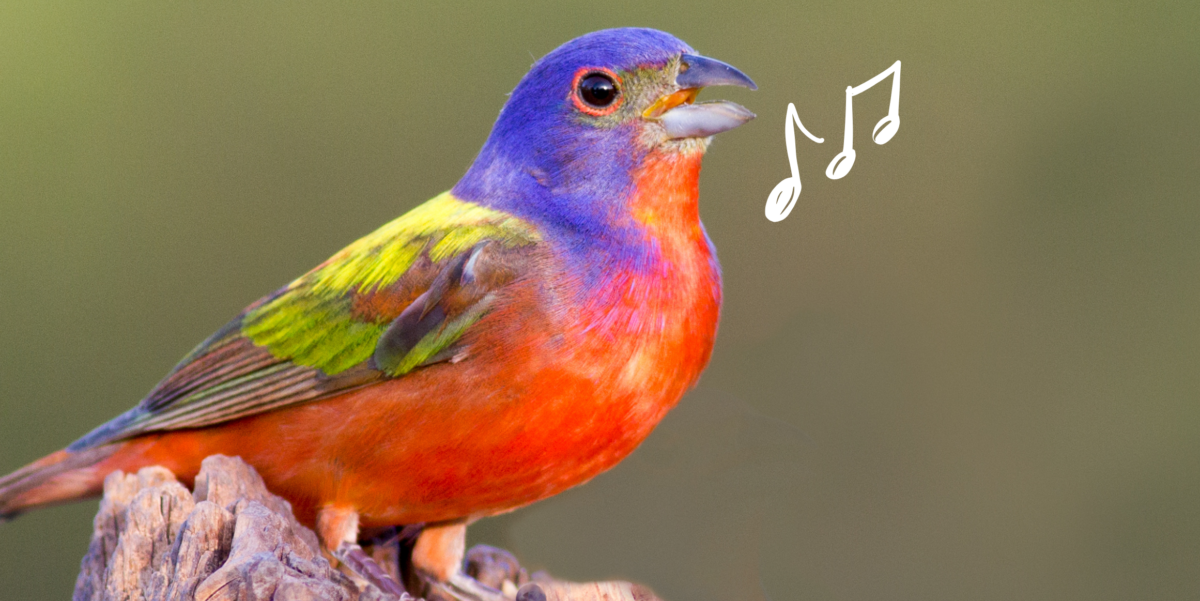
BHI’s Twelve Days of Christmas
by Ben Cotter, Fall 2022 Intern On the first day of Christmas, my true love sent to me An Osprey in a Marsh Tree (Unlike eagles or hawks, ospreys will always catch and hold its prey head-first to reduce wind resistance as they fly.) On the second day of Christmas, my true love sent to […]
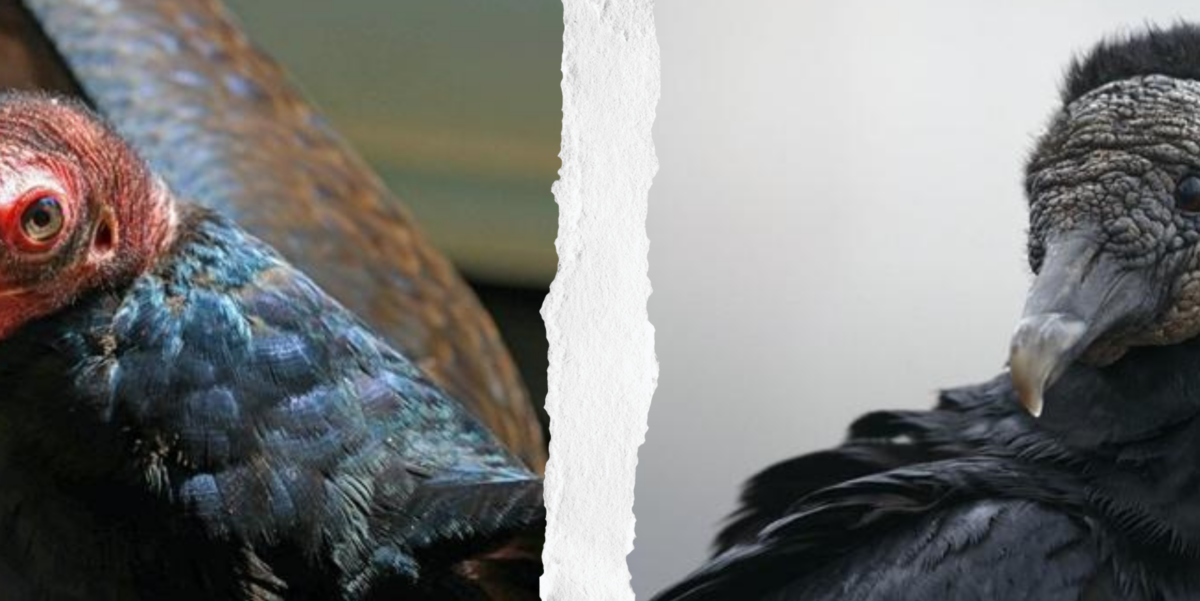
Field Guide: Know Your Turkey (Vulture)
by Kaleigh Hoynes, Fall 2022 Intern Vultures are generally thought of as icky, ugly, bald-headed birds that you can see feasting on dead things on the side of the road. In popular media, vultures are portrayed as harbingers of death and serve as sinister omens. However, vultures are integral parts of the ecosystem and deserve […]
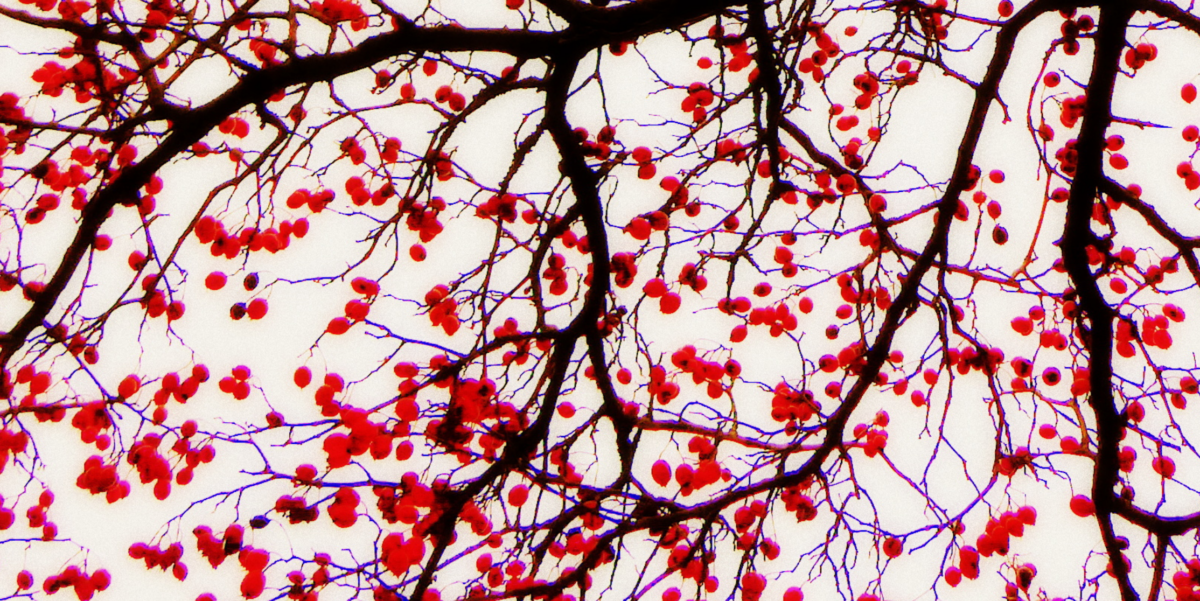
Field Guide: Southern Crabapple, North Carolina’s Native Apple Tree
by Desiree Bridge, Assistant Retail Manager, Turtle Central The southern crabapple (Malus angustifolia) is known by many names including narrowleaf crabapple and wild crab. This species of crabapple is found in the Southern and Eastern United States and grows best in low elevations preferring mild winters. Southern crabapple is considered a...
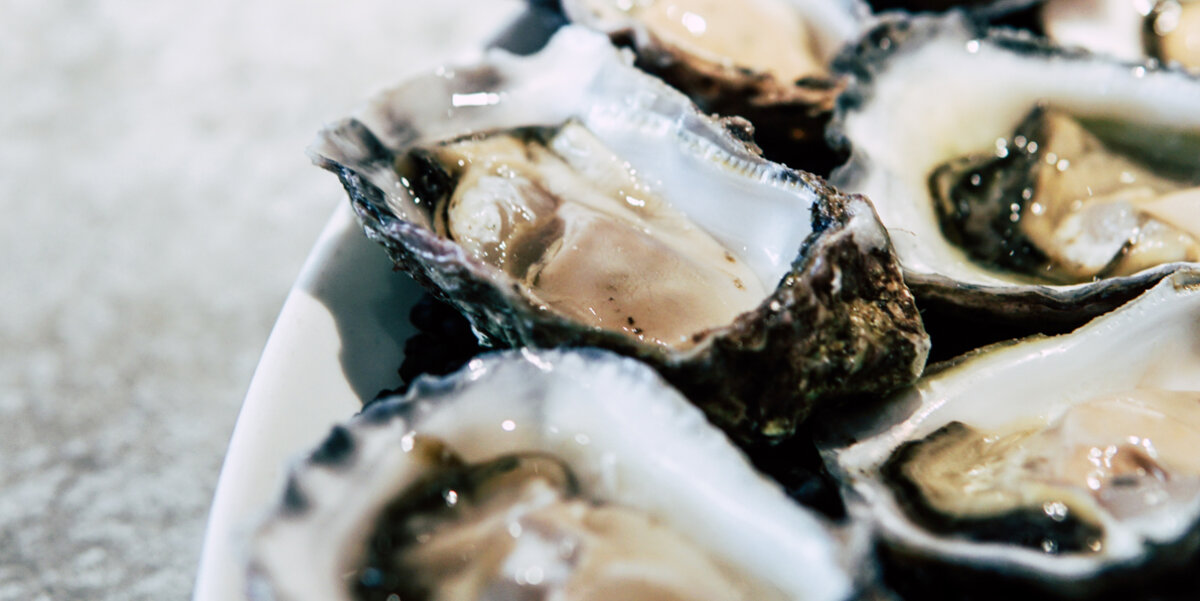
Field Guide: Salsify, the Vegetable Some Believe to Taste Like Oysters
by Desiree Bridge, Turtle Central Assistant Manager Salsify (Tragopogon porrifolius) goes by many names including the oyster plant, vegetable oyster, and Jerusalem star. A common biennial wildflower in the Asteraceae family which include dandelions, Salsify is native to southeast Europe and north Africa, coming to North America during...
Field Guide: Sharks of the Bald Head Island Shore
by Jake Kelly, Development/Marketing Intern | Illustrations by Sophia Wagner, Conservation Intern We had a fin-tactic Shark Week in July with shark-themed exhibits and specimens in Fleming Environmental Education Center, dogfish dissection programs, and Shark Trivia on our social media. We also introduced our supporters to a few of...
Field Guide: A Chorus of Calls
by Sophia Wagner, Conservation Intern Last month the Conservancy’s conservation team took part in North Carolina Wildlife Resources Commission’s Calling Amphibian Survey Program. BHIC’s previous conservation intern and budding herpetologist, Kylie Hackett, got the organization involved with this citizen science project in Fall of 2021. Frogs...
Field Guide: Flutterbys from the Front Porch
by Morgan Hooks, Environmental Content Creator In North Carolina, there are an estimated 2,000 to 2,500 species of moth, soaring over the 174 observed species of butterfly in the state, according to North Carolina Parks. Of these, 99 are classified as species of concern by the North Carolina Heritage Program; primarily those in the mountains,...
Location: P.O. Box 3109, 700 Federal Rd. Bald Head Island, North Carolina 28461 EIN#: 58-1574496
Phone: Office: (910)-457-0089
Email: info@bhic.org
Hours:
- Monday9AM - 5PM
- Tuesday9AM - 5PM
- Wednesday9AM - 5PM
- Thursday9AM - 5PM
- Friday9AM - 5PM
- Saturday9AM - 5PM
- Sunday9AM - 5PM
